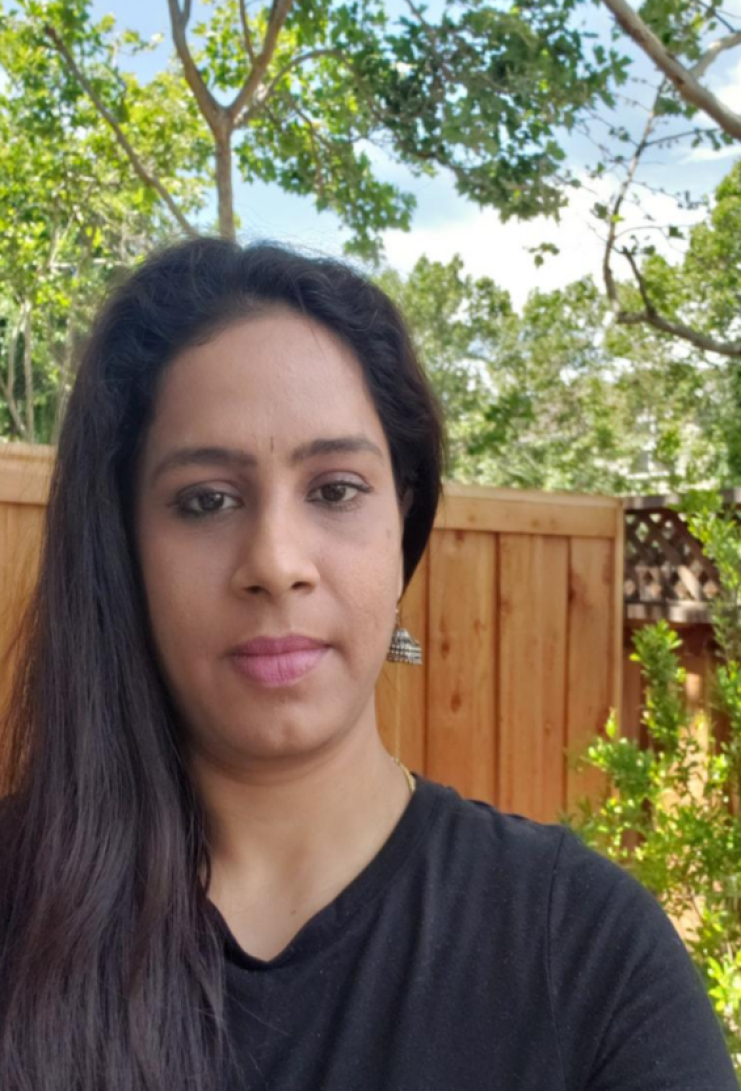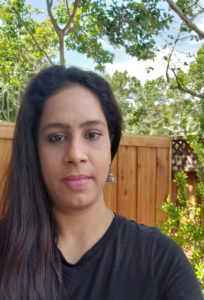
Language is a Bridge Not a Barrier in Math
As a high school mathematics teacher, I often heard the same refrain from students and educators: “I thought math does not need language.” Mathematics, after all, is a universal language of its own – a realm of absolutes and clear-cut answers, seemingly immune to the subjectivity of words and interpretations. However, over the years, I’ve discovered that this perception is fundamentally flawed. Mathematics, like any other discipline, necessitates a language of its own – a language that is precise, eloquent, and often overlooked.
Mathematical language isn’t merely about writing down equations or complex formulas; it’s about expressing ideas, clarifying concepts, and facilitating communication and understanding. This realization led me to embark on a journey to join the OUSD ELLMA Office Lead by Learning Inquiry Community of Practice to incorporate language into my mathematics classroom, focusing initially on promoting students’ explanations through sentence starters and a word wall. But soon, I noticed a gap: despite these tools, my students didn’t fully grasp the significance of tier 3 vocabulary – domain-specific words that form the backbone of mathematical discourse.
This prompted a change in my approach. I shifted my focus towards helping students construct mathematical claims supported by evidence, gradually introducing tier-3 words for them to incorporate into their explanations. This pivot resonated more effectively with the students, encouraging them to use new vocabulary while reinforcing their understanding of the mathematical concepts.
What I learned through this process was my students’ willingness to be vulnerable and try new things. As they practiced verbalizing their thoughts to their peers, their confidence grew. This made me realize the importance of reflection on my own practice, the power of timely feedback, and the need for continual refinement. As a result, I now dedicate time during lunch or after school to provide feedback and explain how students could improve.
The impact of this journey on my students has been significant. They have spent a year honing skills necessary for robust mathematical discourse – formulating and justifying claims, drawing conclusions, making connections, and more. All of these elements require a strong grasp of language. Their newfound language skills boosted their confidence, and they began viewing complex problems as challenges to be tackled using their arsenal of mathematical language. The transformation was not just in their written work but also in their oral communication, with the classroom becoming an arena for vibrant mathematical discourse.
We’ve experimented with different strategies, switching between responding out loud using the vocabulary learned and first writing responses before reading them aloud. While we’re still exploring which method works best and in which activities they are most effective, the journey thus far has been enlightening.
As for me, this year has seen profound growth. As my students evolved in their understanding and use of mathematical language, I found myself evolving alongside them. With each lesson, each question, and each discussion, I learned something new about the nuanced intersection of language and mathematics. This experience reshaped my teaching philosophy, reinforcing the power of language as a tool for deepening understanding, fostering critical thinking, and making learning more engaging and meaningful for my students.
In conclusion, I can affirm with certainty that this journey to integrate language into the mathematics classroom has not only transformed my students’ approach to mathematics but also profoundly impacted me as an educator. I am excited to continue exploring this intersection, to keep learning and growing with my students, and to see where this journey takes us next.
 Vidya Jayakumar is a devoted Mathematics teacher currently serving at Skyline High School in the Oakland Unified School District (OUSD). After spending three years as a tutor in Dublin Unified after school programs, Vidya brought her innovative approach to OUSD, emphasizing the integration of language into mathematics teaching for the past three years. As an active member of the ELLMA Office’s Lead by Learning Inquiry Community of Practice, she contributes to the development of effective teaching methodologies. When not in the classroom, Vidya pursues her interests in listening to international music, nature, and cooking.
Vidya Jayakumar is a devoted Mathematics teacher currently serving at Skyline High School in the Oakland Unified School District (OUSD). After spending three years as a tutor in Dublin Unified after school programs, Vidya brought her innovative approach to OUSD, emphasizing the integration of language into mathematics teaching for the past three years. As an active member of the ELLMA Office’s Lead by Learning Inquiry Community of Practice, she contributes to the development of effective teaching methodologies. When not in the classroom, Vidya pursues her interests in listening to international music, nature, and cooking.
